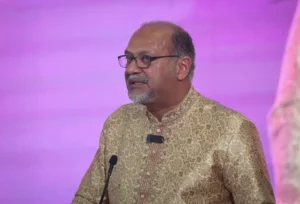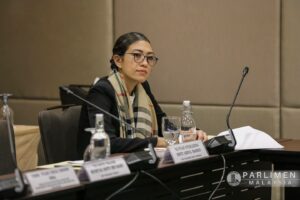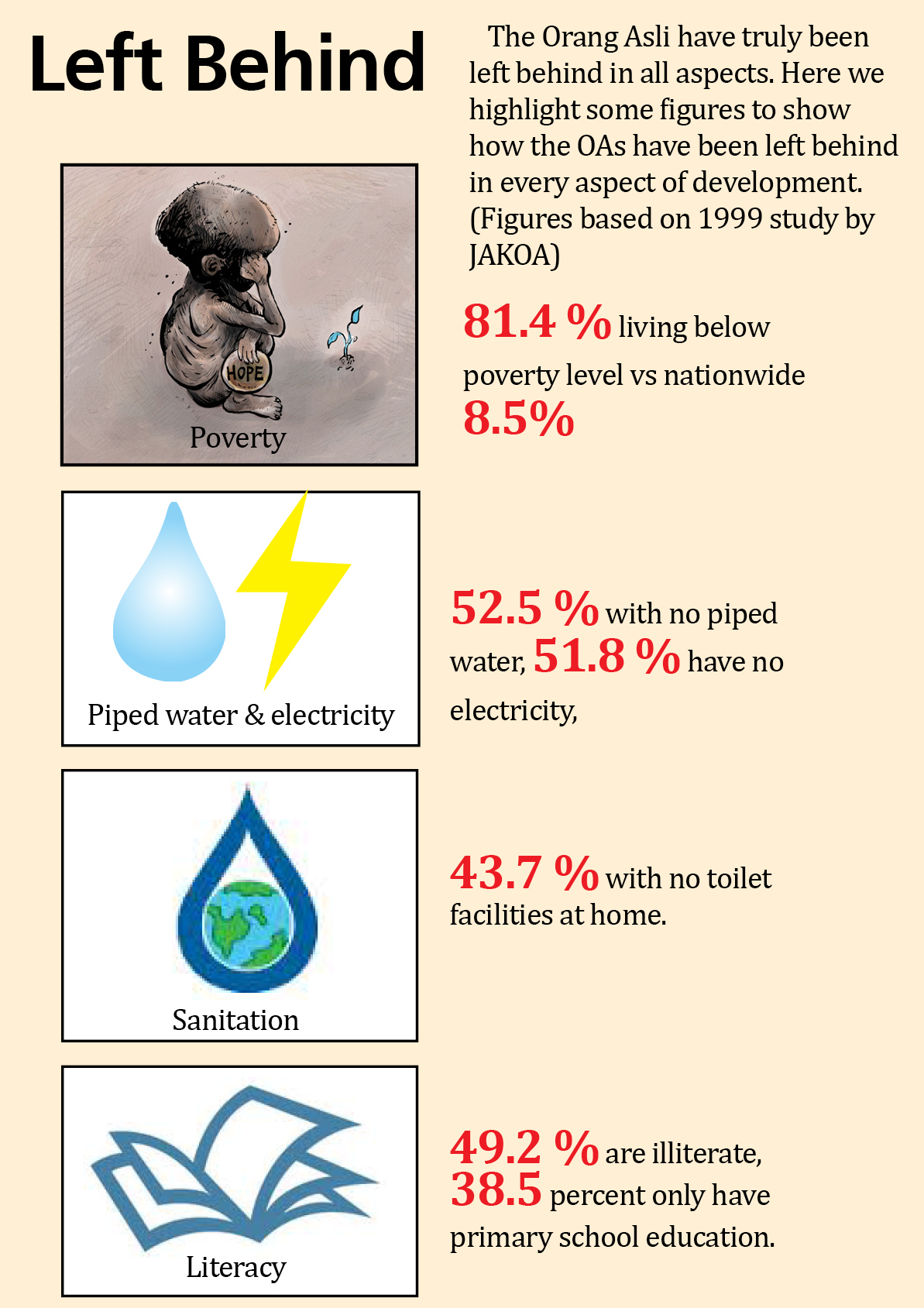
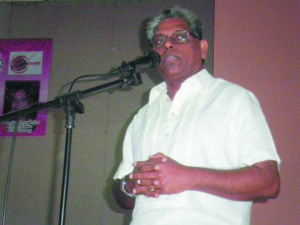 In his campaign in the recently concluded general elections, DAP parliamentary candidate for Cameron Highland and former MP for Teluk Intan, M.Manogaran had an in-depth encounter with the neglected community of Malaysia, the Orang Asli. In this editorial piece, he highlights the deplorable plight of Malaysia’s forgotten sons of the soil.
In his campaign in the recently concluded general elections, DAP parliamentary candidate for Cameron Highland and former MP for Teluk Intan, M.Manogaran had an in-depth encounter with the neglected community of Malaysia, the Orang Asli. In this editorial piece, he highlights the deplorable plight of Malaysia’s forgotten sons of the soil.
Two parliamentary constituencies with the highest concentration of Orang Asli are Cameron Highlands and Tapah. In Cameron Highlands for example, the Orang Asli voter population is 5,804 or 20.5 percent of the total number of voters.
In Tapah, the Orang Asli make up about 4,700 voters. These voters, therefore, make up a significant percentage in Cameron Highlands in Pahang and in Tapah, Perak.
In the two weeks of my campaign for the parliamentary seat of Cameron Highlands, I noted that the Orang Asli community lives a completely distinct and alienated life. They live in the interior, where there are no access roads and other basic amenities that we urban folk take for granted.
They live in fear of their ancestral lands being taken away for logging, development and dam projects. They live in fear of their welfare allowances being forfeited. They are captive voters that they BN call its “fixed deposit”.
This is a similar scenario in the interiors of Sabah and Sarawak, where the BN keeps the native community as undeveloped as possible so that they continue to be its fixed deposits. Keeping them ignorant and deprived of a comfortable life serves the BN well every five years.
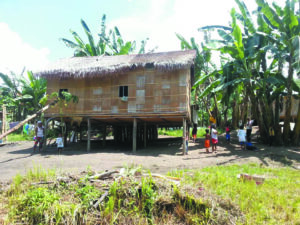
But who is caught in this vicious circle? It is the forgotten community, the Orang Asli of the peninsula and the Orang Asal of Sabah and Sarawak.
These Orang Asli are vulnerable and are easily threatened. Throughout my campaign I noticed that they were under the clutches of the Orang Asli Development Department (Jakoa).
These native people welcome outsiders to visit them, but when it comes to asking for their political preferences, they are reluctant to speak. Some would open up, slowly, only after some coaxing and assurances. You cannot make a brief or fleeting appearance while campaigning for their support in a matter such as an election.
You must sit down and spend some time with them, which could be a few hours before they can get comfortable with you. This is because unlike the Malay, Chinese or Indian voters, the Orang Asli are under the strong dominance of Jakoa or the government.
But the cry for a better life is apparent. My trip to Lenjang, Jelai under the Cameron Highlands parliamentary constituency showed an obvious need for improvision. I signed a pledge with the Orang Asli, promising the manner in which I will undertake to help them should I win in the election.
One elderly headman said no other politician had taken it upon himself or herself to see that the opinion of the Orang Asli matter and that his signature was that important. They are slowly realising that they have become a forgotten community and only thought of once in every five years.
I therefore asked, has the government really helped them in the past?
In a village called Sinderut in Jelai, reachable on four-wheel drive through muddy tracks after more than an hour from Sungai Koyan, also in Jelai, the villagers told me when I asked them why they still voted for the BN: “On the eve of every election, we are threatened to vote for the dacing.”
Threats and inducing fear. That’s how the BN rules!
Getting to Sinderut even on a four-wheel drive with normal tyres can be difficult. And if it rains, the journey becomes unpleasant and can take a good two hours longer.
Deep in the interiors of the peninsula, the Orang Asli live a pathetic life, completely out of touch with the world outside. The people in Sinderut tell me that they have been told, before every election, that the roads leading to their village would be tarred.
 BN doing nothing for Orang Asli
BN doing nothing for Orang Asli
However, nothing has been done all these years. The roads have remained the same despite the same promise being made many, many times.
When you come down from Cameron Highlands to Tapah, there is a big billboard that says the government is giving RM202 million to the Orang Asli. We would like to know how this will be done. Does it mean spending on projects? If so, what projects?
Which are the villages involved? This is all we need to know, so that we can check as to whether the RM202 million actually reached the beneficiaries, the Orang Asli.
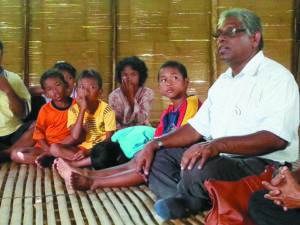
I would like to ask the new Member of Parliament for Cameron Highlands what his plans are for the Orang Asli in Jelai as well as in Tanah Rata. For example, there is another dam being proposed to be built near Lanai, Jelai, about which the Orang Asli are unhappy.
It does not mean that the Orang Asli must come out of their villages and live like the rest of us. What they want is to remain on their native lands, with their native and customary rights intact, including their burial grounds.
What they need are proper roads, water and electricity, schools and easy access to medical care. It is amazing that even in Tanah Rata, there are Orang Asli villages where ordinary vehicles cannot go in. Lemoi is one example.
The government has taken this community for a long, long ride. Therefore we want to know what Jakoa has been doing all these while. What are the short- and long-term plans for the much-beleaguered Orang Asli of peninsular Malaysia?

